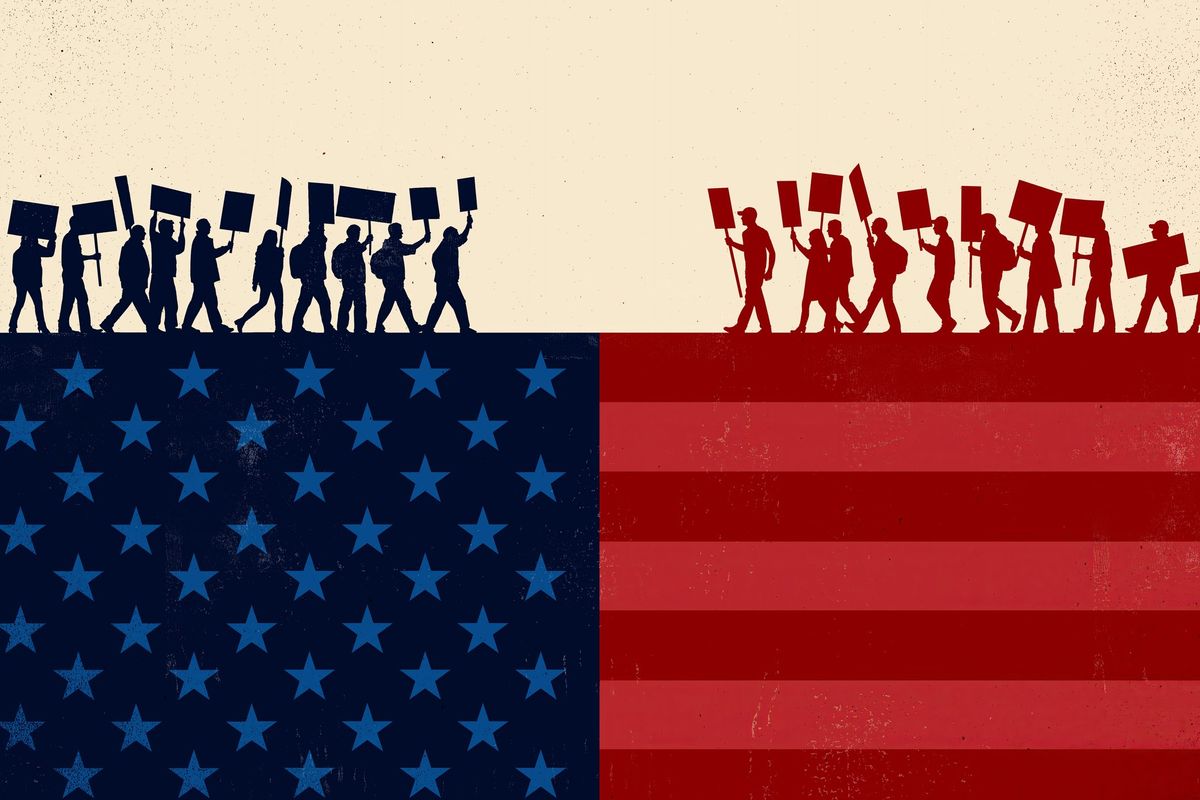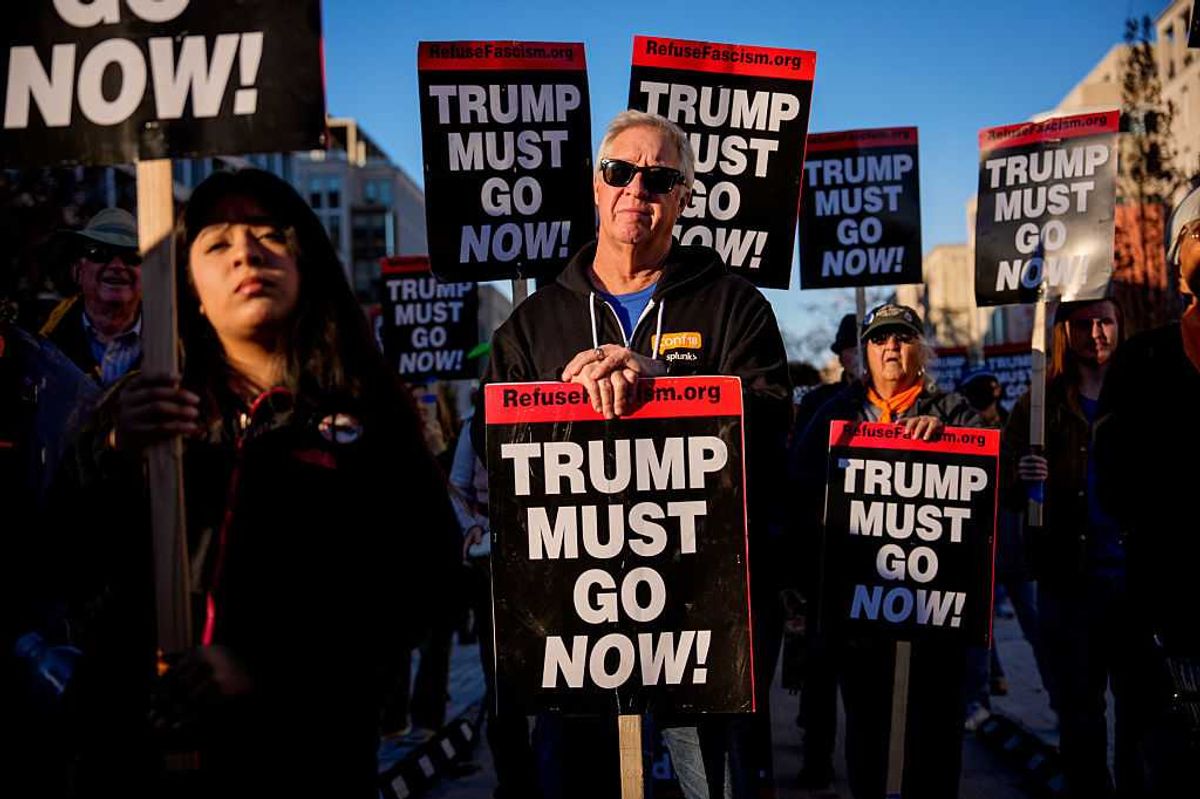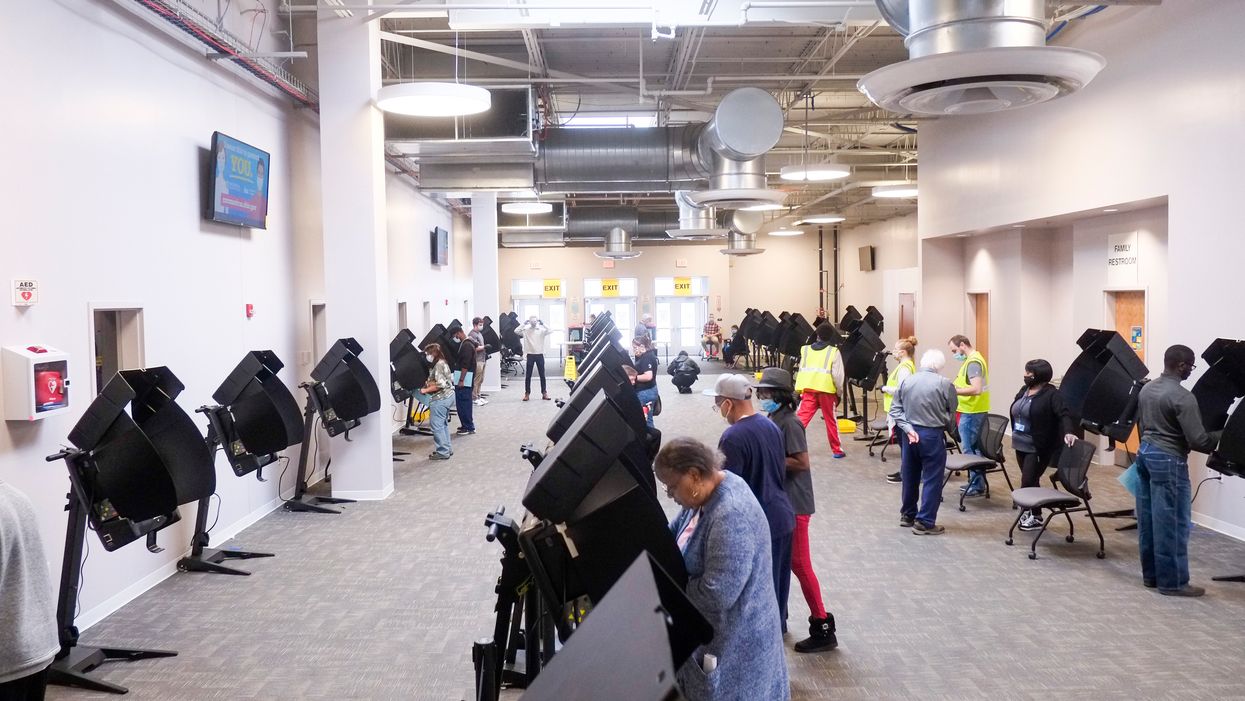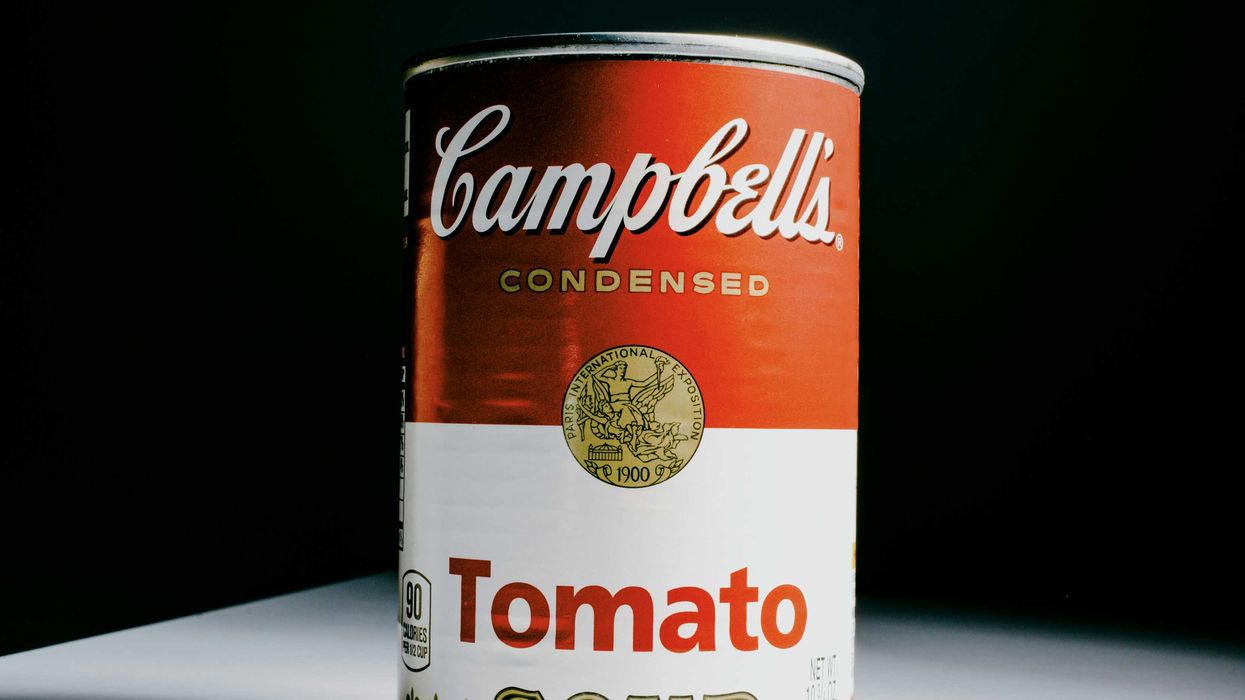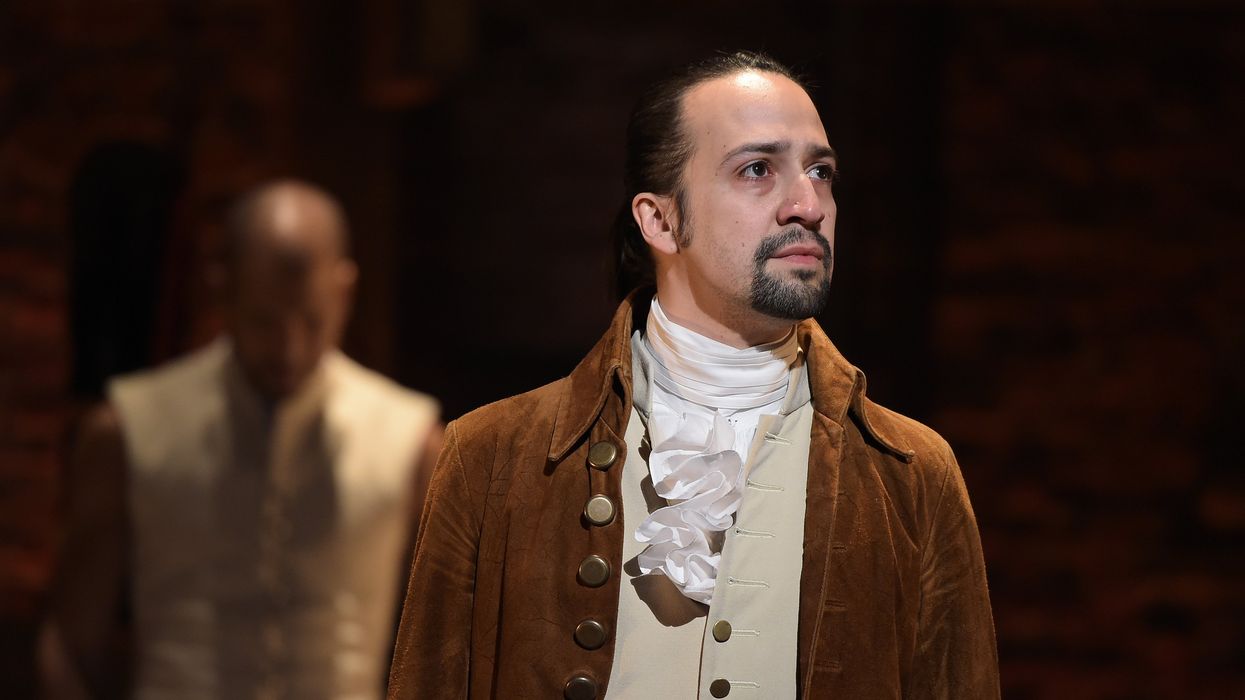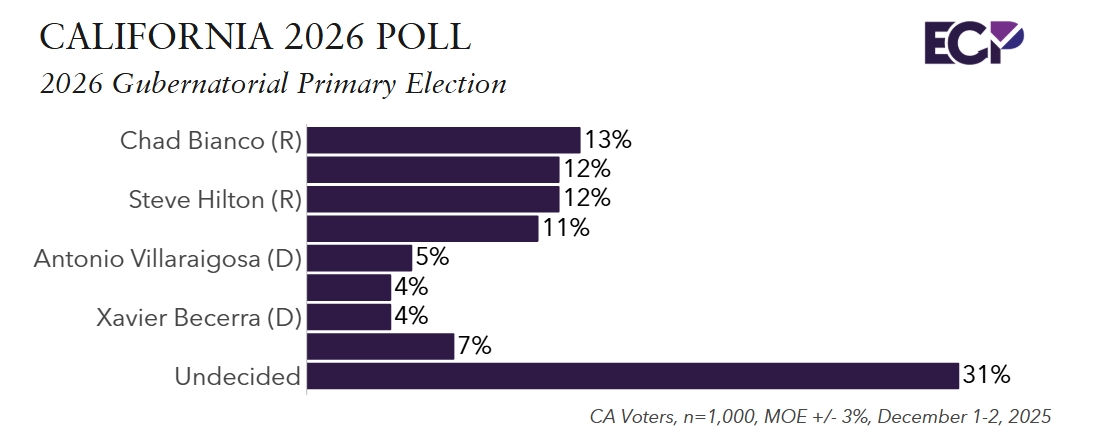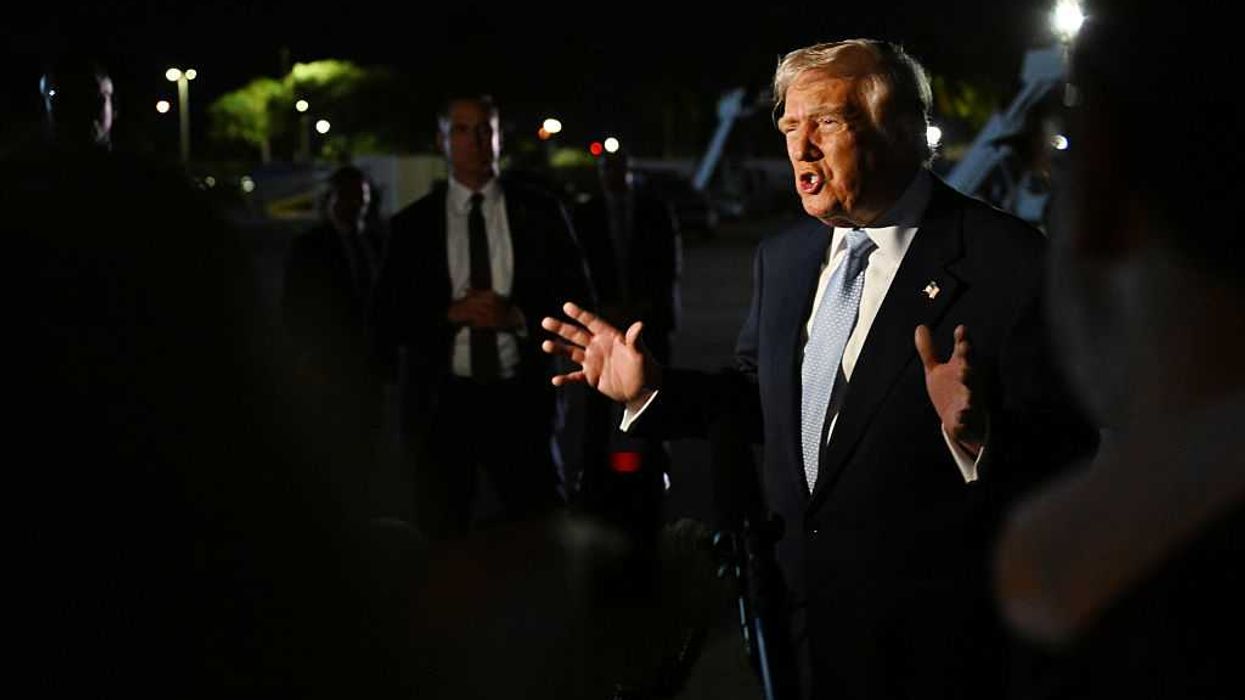Burden is a professor of political science and director of the Elections Research Center at the University of Wisconsin-Madison.
Their approaches differed in important ways, but together they provide urgent lessons as the entire country plans for the general election in November.
In the middle of a pandemic, more than 1.5 million Wisconsinites voted in their primary. Although more than 70 percent of voters cast absentee ballots, viral photos of voters wearing masks and waiting in long lines painted a vivid picture. Ohio took a different approach, extending voting by six weeks for a primary originally scheduled in March and eliminating all polling places aside from limited voting and drop boxes at each county board of elections. As a result, nearly everyone voted by mail.
Heavy absentee voting was the only way these elections could have taken place. The massive increase in voting by mail in both states is certain to make absentee voting a more regular part of future elections. But that does not mean that voting during the pandemic has been figured out. Even though absentee voting proved popular during the crisis, most states have a lot of work ahead if they want to be ready for a mail-centric election for president in November.
For starters, neither state managed to execute a flawless election. It appears that a significant number of voters who requested absentee ballots never received them. Other voters received their ballots, but got them too late to mail them back by the deadline.
In Wisconsin, some voters had difficulty requesting absentee ballots in the first place because such requests require a photo or copy of an acceptable ID such as a driver's license or passport. The absentee ballot envelope in Wisconsin also requires the signature of a witness, a challenging requirement for people who live alone or are intentionally isolating to avoid spread of the coronavirus.
The long lines on primary day in Wisconsin were a tragedy, but we should not cheer their absence in Ohio too quickly. The state eliminated traditional polling places and only permitted limiting voting at one location per county, much of which was done by dropping off completed ballots. This system was helpful but surely did not serve all of the people who lacked the time and resources to travel to the county seat on election day. Wiping out polling places made the election process safer but also made those problems for some voters invisible.
In contrasting ways, these states demonstrated the need to retain physical polling places. Even with a stay-at-home order in place, hundreds of thousands of Wisconsin voters went outside to vote in person. In some cities, the consolidation of polling places produced long lines. In Milwaukee the reduction of 180 polling places to just five sites produced lines that ran for blocks and took hours to navigate. No voter should ever have to suffer that experience.
We also have yet to know how many absentee ballots were actually counted. Studies from other states with moderate use of absentee voting show that younger voters and non-white voters are more likely to have their ballots go uncounted for a variety of reasons.
States with extensive mail-based voting systems gradually developed systems to make it work. Colorado and Washington work aggressively to keep voter registration lists up to date so that mailing addresses are as current as possible. Some states provide carefully placed public drop boxes because many, if not most, voters prefer to deposit their ballots in these dedicated boxes rather than rely on the Postal Service. These states have also developed forgiving processes for voters to "cure" a ballot that arrives without a signature or is not properly sealed. It took significant time and money to make this infrastructure possible.
The volume of absentee ballot requests overwhelmed some local election officials, especially in more populous communities. Imagine the volume of ballots for the November election, when turnout in many states could be twice what it was in the primary. States will need to spend significantly to make sure staffing and supplies are adequate for handling the flow of requests and returned ballots.
It is startling just how far Ohio and Wisconsin moved toward mail voting in such a short time, weeks rather than months. An unprecedented health and economic crisis can apparently do a lot to grease the gears. But it certainly does not mean that a state is ready to run an election completely by mail in November.


